Oven baked orange turkey: just the words conjure up images of a glistening, golden-brown bird, the centerpiece of a festive gathering. But forget dry, bland turkey of Thanksgivings past! This isn’t your grandma’s recipe (unless your grandma was secretly a culinary genius with a penchant for citrus). We’re talking about a succulent, flavorful masterpiece that will have your guests raving and begging for seconds.
The tradition of roasting a whole turkey dates back centuries, deeply rooted in harvest festivals and celebrations of abundance. While the exact origins of pairing turkey with citrus are harder to pinpoint, the combination speaks to a timeless culinary principle: balancing richness with acidity. The bright, zesty orange not only tenderizes the meat but also cuts through the richness, creating a symphony of flavors that dance on your palate.
What makes this oven baked orange turkey so irresistible? It’s the perfect marriage of juicy, tender meat with a crispy, caramelized skin, infused with the vibrant aroma of oranges. The citrus glaze creates a beautiful sheen and a subtle sweetness that complements the savory turkey perfectly. Plus, it’s surprisingly easy to prepare! This recipe is designed to be approachable for cooks of all skill levels, ensuring a stress-free and delicious holiday feast. Get ready to impress your loved ones with a turkey that’s both visually stunning and incredibly flavorful!
Ingredients:
- 1 (12-14 pound) whole turkey, thawed
- 1 large orange, quartered
- 1 large onion, quartered
- 4 sprigs fresh rosemary
- 4 sprigs fresh thyme
- 1/2 cup (1 stick) unsalted butter, softened
- 2 tablespoons orange zest
- 2 tablespoons olive oil
- 2 teaspoons salt
- 1 teaspoon black pepper
- 1 teaspoon garlic powder
- 1/2 teaspoon paprika
- 1/2 cup dry white wine (optional)
- 4 cups chicken broth
- 2 tablespoons cornstarch
- 1/4 cup cold water
Preparing the Turkey:
Okay, let’s get started! First things first, we need to prep our turkey. This is a crucial step for ensuring a juicy and flavorful bird.
- Thawing the Turkey: If your turkey is frozen (and most are!), you’ll need to thaw it completely. The safest way to do this is in the refrigerator. Allow approximately 24 hours of thawing time for every 5 pounds of turkey. So, for a 12-14 pound turkey, plan for about 3-4 days in the fridge. Make sure to place the turkey in a large pan or container to catch any drips. You can also thaw it in cold water, changing the water every 30 minutes, but this requires more attention. Never thaw a turkey at room temperature!
- Rinsing and Drying: Once thawed, remove the turkey from its packaging. Rinse it thoroughly inside and out under cold running water. This helps remove any lingering ice crystals or debris. After rinsing, pat the turkey completely dry with paper towels, inside and out. This is super important because a dry turkey skin will crisp up much better in the oven.
- Removing Giblets and Neck: Check the turkey cavity for any giblets or the neck. These are usually packaged in a small bag or wrapped in paper. Remove them and set them aside. You can use them later to make gravy, if you like!
- Preparing the Aromatic Stuffing: Now, let’s get those wonderful orange and herb flavors inside the turkey. Take the quartered orange and onion, along with the rosemary and thyme sprigs, and stuff them into the turkey’s main cavity. This will infuse the turkey with a beautiful aroma and flavor as it roasts.
Making the Orange Butter Rub:
This orange butter rub is the secret to a flavorful and beautifully browned turkey. It’s easy to make and adds so much to the final result.
- Combining the Ingredients: In a medium bowl, combine the softened butter, orange zest, olive oil, salt, pepper, garlic powder, and paprika. Use a fork or spoon to mix everything together until it’s well combined and forms a smooth paste.
- Applying the Rub: Gently loosen the skin of the turkey from the breast meat. You can do this by carefully sliding your fingers between the skin and the meat, starting at the neck cavity. Be careful not to tear the skin. Once you’ve loosened the skin, spread about two-thirds of the orange butter rub under the skin, directly onto the breast meat. This will ensure that the breast stays moist and flavorful during cooking.
- Rubbing the Exterior: Use the remaining orange butter rub to coat the entire outside of the turkey, including the legs and wings. Make sure to get an even coating for consistent browning.
Roasting the Turkey:
Now for the main event! Roasting the turkey requires some patience, but the results are well worth it. We’ll use a combination of high and low temperatures to ensure a perfectly cooked and juicy bird.
- Preheating the Oven: Preheat your oven to 450°F (232°C). This initial high temperature will help to quickly brown the turkey skin.
- Preparing the Roasting Pan: Place the turkey on a roasting rack inside a large roasting pan. The rack will allow air to circulate around the turkey, promoting even cooking. Pour the dry white wine (if using) and 2 cups of chicken broth into the bottom of the roasting pan. The liquid will help to keep the turkey moist and prevent it from drying out.
- Initial Roasting: Place the turkey in the preheated oven and roast for 30 minutes at 450°F (232°C).
- Reducing the Temperature: After 30 minutes, reduce the oven temperature to 325°F (163°C). Continue roasting for approximately 3-4 hours, or until a meat thermometer inserted into the thickest part of the thigh registers 165°F (74°C).
- Basting the Turkey: Every 45 minutes to an hour, baste the turkey with the pan juices. This will help to keep the skin moist and promote even browning. If the skin starts to brown too quickly, you can tent the turkey with aluminum foil to prevent it from burning.
- Adding More Broth: If the pan juices start to evaporate, add more chicken broth to the bottom of the pan to prevent the turkey from drying out.
- Checking for Doneness: The turkey is done when a meat thermometer inserted into the thickest part of the thigh registers 165°F (74°C). The juices should also run clear when you pierce the thigh with a fork.
Resting the Turkey:
This is a super important step that many people skip, but it makes a huge difference in the juiciness of the turkey. Resting allows the juices to redistribute throughout the meat, resulting in a more tender and flavorful bird.
- Removing from the Oven: Once the turkey is cooked through, remove it from the oven and transfer it to a large cutting board.
- Covering with Foil: Tent the turkey loosely with aluminum foil. This will help to keep it warm while it rests.
- Resting Time: Let the turkey rest for at least 30 minutes, or even up to an hour. Don’t worry, it will still be warm enough to serve.
Making the Orange Gravy:
No turkey dinner is complete without gravy! This orange-infused gravy is the perfect complement to the roasted turkey.
- Skimming the Fat: After the turkey has rested, carefully pour the pan juices into a fat separator. If you don’t have a fat separator, you can use a spoon to skim off the excess fat from the top of the pan juices.
- Making the Roux: In a medium saucepan, melt 2 tablespoons of the reserved turkey fat (or butter if you don’t have enough fat) over medium heat. Whisk in 2 tablespoons of all-purpose flour and cook for 1-2 minutes, stirring constantly, until the roux is smooth and golden brown.
- Adding the Pan Juices: Gradually whisk in the defatted pan juices, making sure to break up any lumps. Bring the mixture to a simmer, stirring constantly.
- Adding the Broth: Add the remaining 2 cups of chicken broth to the saucepan. Continue to simmer, stirring occasionally, until the gravy has thickened to your desired consistency, about 5-10 minutes.
- Thickening with Cornstarch (if needed): If the gravy is not thick enough, you can thicken it with a cornstarch slurry. In a small bowl, whisk together the cornstarch and cold water until smooth. Gradually whisk the cornstarch slurry into the gravy, stirring constantly. Simmer for another minute or two, until the gravy has thickened.
- Seasoning to Taste: Season the gravy with salt and pepper to taste. You can also add a squeeze of fresh orange juice for an extra burst of flavor.
Carving and Serving:
Finally, the moment we’ve all been waiting for! Carving the turkey can seem intimidating, but with a sharp knife and a little practice, you’ll be a pro in no time.
- Removing the Legs: Use a sharp carving knife to cut through the skin and joint connecting the leg to the body. Pull the leg away from the body and cut through the remaining joint to remove it completely. Repeat with the other leg.
- Slicing the Thigh Meat: Place the leg on a cutting board and slice the thigh meat away from the bone. Cut the thigh meat into thin slices.
- Removing the Wings: Cut through the skin and joint connecting the wing to the body. Pull the wing away from the body and cut through the remaining joint to remove it completely. Repeat with the other wing.
- Slicing the Breast Meat: Use a sharp carving knife to slice the breast meat, starting from the breastbone and working your way outwards. Slice the breast
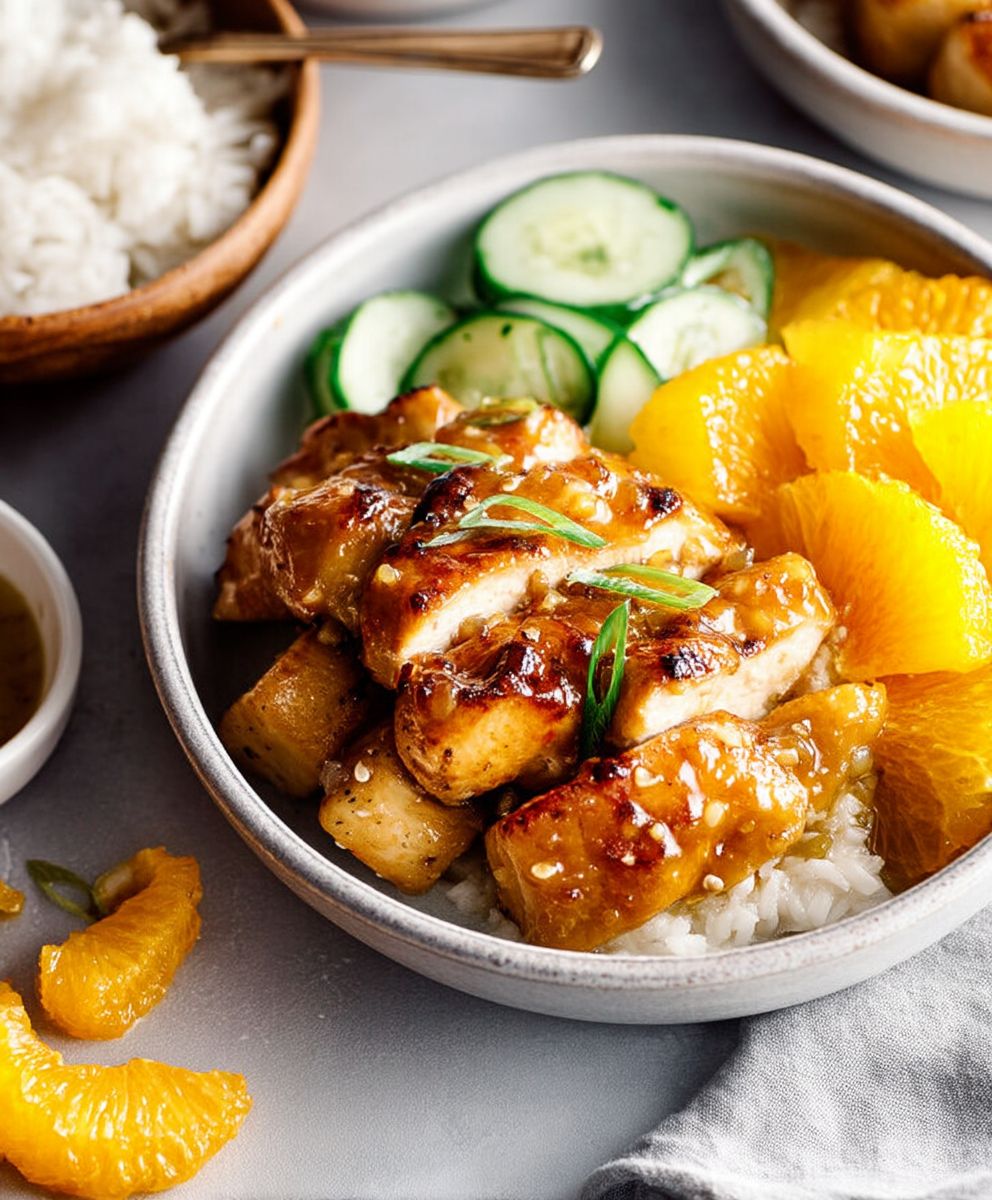
Conclusion:
This Oven Baked Orange Turkey recipe is truly a game-changer, and I wholeheartedly believe it deserves a spot on your table, especially for your next holiday gathering or special occasion. The bright, citrusy notes of orange perfectly complement the rich, savory flavor of the turkey, creating a symphony of tastes that will tantalize your taste buds and leave your guests wanting more. It’s not just a meal; it’s an experience!
What makes this recipe a must-try? Well, beyond the incredible flavor profile, it’s surprisingly simple to execute. We’ve broken down each step to ensure even novice cooks can achieve a perfectly cooked, beautifully browned, and incredibly juicy turkey. Forget dry, bland turkey forever! The orange glaze not only infuses the meat with its zesty essence but also helps to create a stunning, caramelized skin that’s as visually appealing as it is delicious.
But the best part? The versatility! While the recipe as written is phenomenal, there’s plenty of room for customization. For a spicier kick, add a pinch of red pepper flakes to the orange glaze. If you prefer a sweeter flavor, incorporate a touch of honey or maple syrup. You can also experiment with different herbs and spices to create your own unique flavor profile. Rosemary, thyme, and sage all pair beautifully with orange and turkey.
Serving Suggestions and Variations:
* Serve the Oven Baked Orange Turkey with classic sides like mashed potatoes, stuffing, cranberry sauce, and green bean casserole.
* For a lighter meal, pair it with a fresh salad and roasted vegetables.
* Use the leftover turkey to make delicious sandwiches, salads, or soups.
* Shred the turkey and use it in tacos or enchiladas for a fun and flavorful twist.
* Consider making a turkey pot pie with the leftover meat and vegetables.
* For a different presentation, carve the turkey and arrange it on a platter with orange slices and fresh herbs.I’m confident that this Oven Baked Orange Turkey will become a new family favorite. It’s a guaranteed crowd-pleaser that’s sure to impress your guests and leave them raving about your culinary skills. The combination of the juicy, tender turkey and the vibrant orange glaze is simply irresistible.
So, what are you waiting for? Gather your ingredients, preheat your oven, and get ready to create a truly unforgettable meal. I’m so excited for you to try this recipe and experience the magic of orange and turkey together.
And most importantly, I want to hear about your experience! Did you make any modifications to the recipe? What were your guests’ reactions? Share your photos and stories in the comments below. I can’t wait to see your creations and hear about your culinary adventures. Happy cooking! Let me know if you have any questions, I’m here to help you every step of the way. Don’t be afraid to experiment and make this recipe your own. The most important thing is to have fun and enjoy the process. Bon appétit!
Oven Baked Orange Turkey: The Ultimate Recipe for a Juicy Bird
A classic roasted turkey with orange butter rub and aromatic stuffing, resulting in a juicy, browned bird. Served with orange-infused gravy.
Ingredients
- 1 (12-14 pound) whole turkey, thawed
- 1 large orange, quartered
- 1 large onion, quartered
- 4 sprigs fresh rosemary
- 4 sprigs fresh thyme
- 1/2 cup (1 stick) unsalted butter, softened
- 2 tablespoons orange zest
- 2 tablespoons olive oil
- 2 teaspoons salt
- 1 teaspoon black pepper
- 1 teaspoon garlic powder
- 1/2 teaspoon paprika
- 1/2 cup dry white wine (optional)
- 4 cups chicken broth
- 2 tablespoons cornstarch
- 1/4 cup cold water
Instructions
- Thawing the Turkey: Thaw the turkey in the refrigerator (24 hours per 5 lbs) or in cold water (changing every 30 minutes). Never thaw at room temperature.
- Rinsing and Drying: Rinse the thawed turkey inside and out with cold water. Pat completely dry with paper towels.
- Removing Giblets and Neck: Remove giblets and neck from the turkey cavity. Set aside for gravy if desired.
- Preparing the Aromatic Stuffing: Stuff the turkey cavity with the quartered orange and onion, rosemary, and thyme sprigs.
- Combining the Ingredients: In a medium bowl, combine the softened butter, orange zest, olive oil, salt, pepper, garlic powder, and paprika. Mix until smooth.
- Applying the Rub: Gently loosen the skin of the turkey from the breast meat. Spread about two-thirds of the orange butter rub under the skin, directly onto the breast meat.
- Rubbing the Exterior: Use the remaining orange butter rub to coat the entire outside of the turkey, including the legs and wings.
- Preheating the Oven: Preheat your oven to 450°F (232°C).
- Preparing the Roasting Pan: Place the turkey on a roasting rack inside a large roasting pan. Pour the dry white wine (if using) and 2 cups of chicken broth into the bottom of the roasting pan.
- Initial Roasting: Place the turkey in the preheated oven and roast for 30 minutes at 450°F (232°C).
- Reducing the Temperature: After 30 minutes, reduce the oven temperature to 325°F (163°C). Continue roasting for approximately 3-4 hours, or until a meat thermometer inserted into the thickest part of the thigh registers 165°F (74°C).
- Basting the Turkey: Every 45 minutes to an hour, baste the turkey with the pan juices. If the skin starts to brown too quickly, you can tent the turkey with aluminum foil to prevent it from burning.
- Adding More Broth: If the pan juices start to evaporate, add more chicken broth to the bottom of the pan to prevent the turkey from drying out.
- Checking for Doneness: The turkey is done when a meat thermometer inserted into the thickest part of the thigh registers 165°F (74°C). The juices should also run clear when you pierce the thigh with a fork.
- Removing from the Oven: Once the turkey is cooked through, remove it from the oven and transfer it to a large cutting board.
- Covering with Foil: Tent the turkey loosely with aluminum foil. This will help to keep it warm while it rests.
- Resting Time: Let the turkey rest for at least 30 minutes, or even up to an hour. Don’t worry, it will still be warm enough to serve.
- Skimming the Fat: After the turkey has rested, carefully pour the pan juices into a fat separator. If you don’t have a fat separator, you can use a spoon to skim off the excess fat from the top of the pan juices.
- Making the Roux: In a medium saucepan, melt 2 tablespoons of the reserved turkey fat (or butter if you don’t have enough fat) over medium heat. Whisk in 2 tablespoons of all-purpose flour and cook for 1-2 minutes, stirring constantly, until the roux is smooth and golden brown.
- Adding the Pan Juices: Gradually whisk in the defatted pan juices, making sure to break up any lumps. Bring the mixture to a simmer, stirring constantly.
- Adding the Broth: Add the remaining 2 cups of chicken broth to the saucepan. Continue to simmer, stirring occasionally, until the gravy has thickened to your desired consistency, about 5-10 minutes.
- Thickening with Cornstarch (if needed): If the gravy is not thick enough, you can thicken it with a cornstarch slurry. In a small bowl, whisk together the cornstarch and cold water until smooth. Gradually whisk the cornstarch slurry into the gravy, stirring constantly. Simmer for another minute or two, until the gravy has thickened.
- Seasoning to Taste: Season the gravy with salt and pepper to taste. You can also add a squeeze of fresh orange juice for an extra burst of flavor.
- Removing the Legs: Use a sharp carving knife to cut through the skin and joint connecting the leg to the body. Pull the leg away from the body and cut through the remaining joint to remove it completely. Repeat with the other leg.
- Slicing the Thigh Meat: Place the leg on a cutting board and slice the thigh meat away from the bone. Cut the thigh meat into thin slices.
- Removing the Wings: Cut through the skin and joint connecting the wing to the body. Pull the wing away from the body and cut through the remaining joint to remove it completely. Repeat with the other wing.
- Slicing the Breast Meat: Use a sharp carving knife to slice the breast meat, starting from the breastbone and working your way outwards. Slice the breast
Notes
- Thawing time is crucial. Plan ahead!
- Drying the turkey skin is essential for crispiness.
- Basting helps keep the turkey moist and promotes even browning.
- Resting the turkey is vital for juicy meat.
- Adjust gravy thickness with cornstarch slurry as needed.


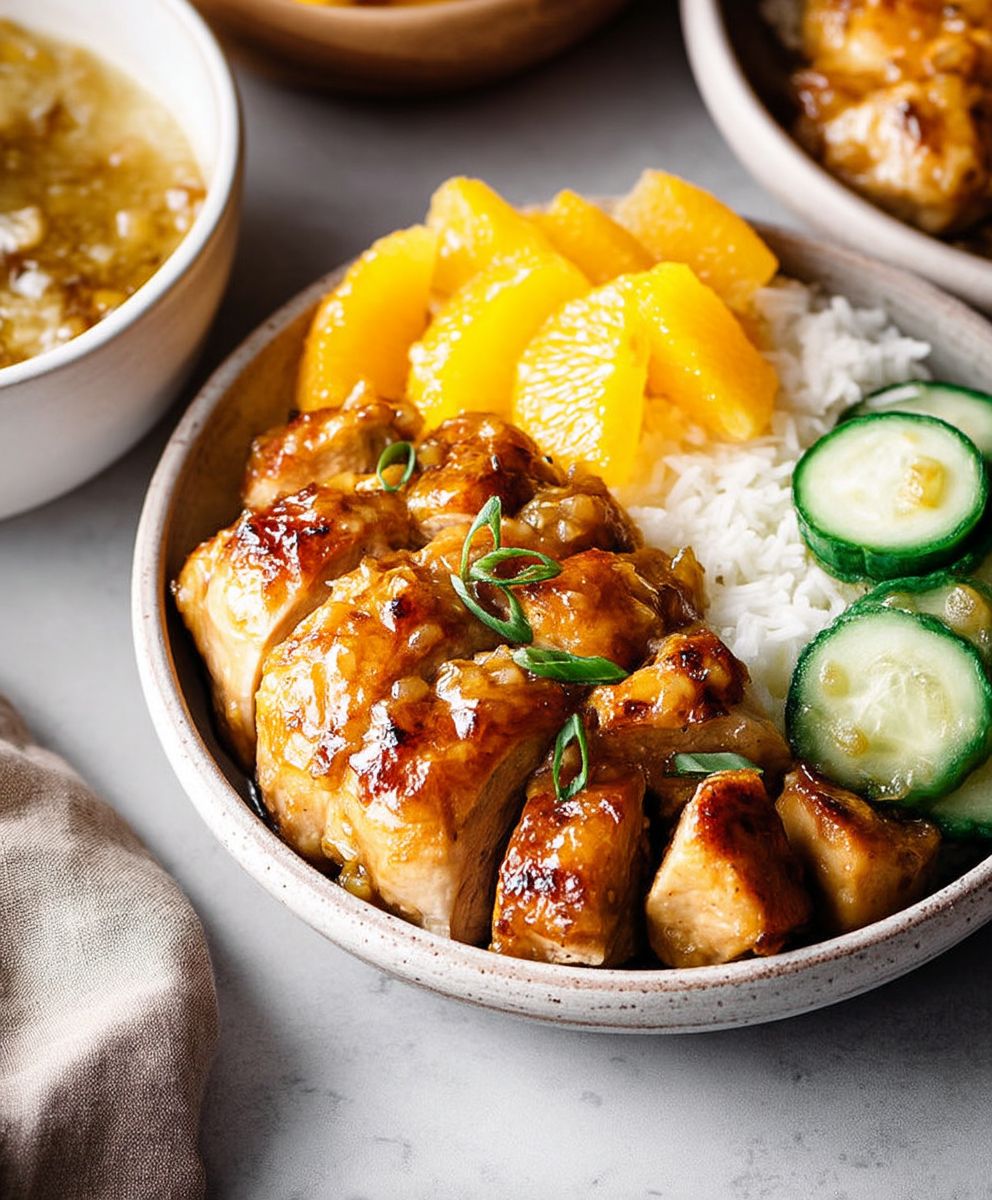
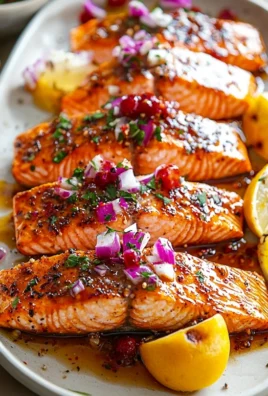
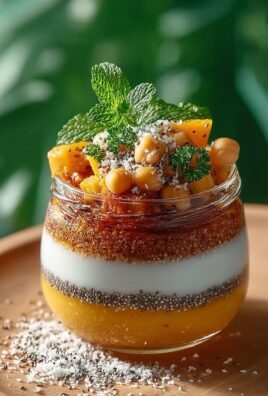
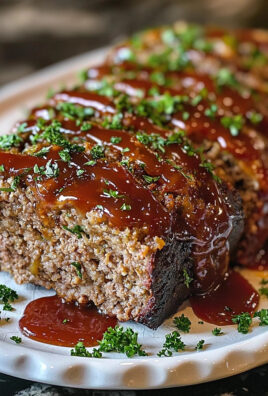
Leave a Comment